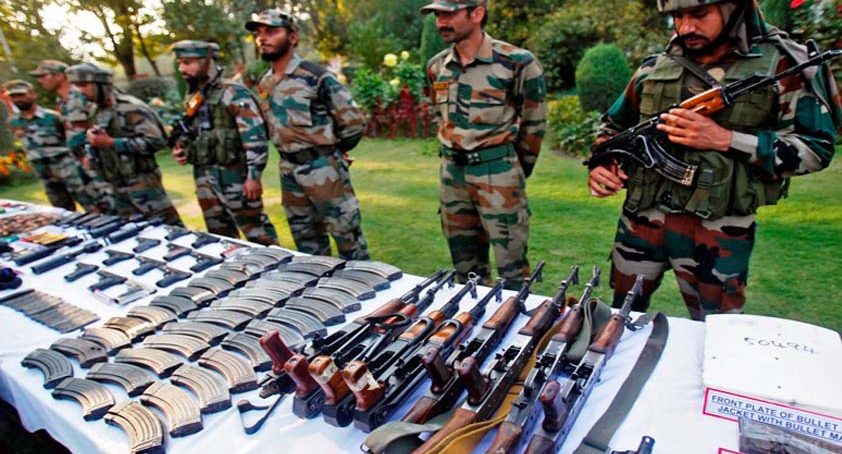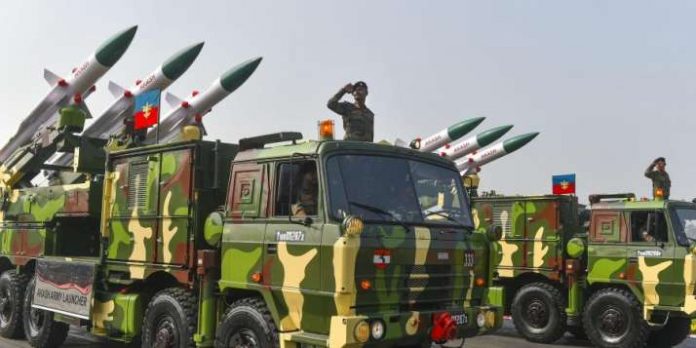- The Indian Military consisting of three Arms viz. the Army, the Indian Air Force, and the Navy continue to be heavily dependent on imports for its inventory has not changed despite concerted efforts at establishing indigenous defence productions. There is no palpable alteration visible on the ground vis-à-vis our over-reliance on overseas acquisitions to spruce up defence preparedness in line with the necessity of modern times. The erstwhile Soviet Union and now Russia is still our primary supplier of military hardware. Add to it countries like France and the USA, the nation’s dependency on foreign shores to keep our security establishments fully equipped to face any eventualities will remain so in the near foreseeable future as well.

PC: Shreya Sahoo
- Against this backdrop, 04th August 2021 marked a milestone of sorts in the nation’s ambition to become self-reliant in defence production bringing cheer to the people keenly following on matters related to the military. The first indigenous aircraft carrier, INS Vikrant, began its sea trials and is expected to be commissioned in a year making India only the seventh nation to develop the capacity to design and build a carrier that can project power on high seas. One major cause of concern is the amount of time it took to build the carrier at the Cochin Shipyard. Eighteen long years and after spending Rs. 23.000 crores. Does raise pertinent questions as to how good our ambitious indigenous defence production capabilities are vis-à-vis more established nations?
- Unlike other manufacturing industries, attaining self-reliance in defence is a long-standing goal that must be heavily lifted by the Government by pumping in requisite investments as well as technical know-how duly endowed with trained manpower to provide shape for the endeavour. A brief look at the way this goal started rolling takes us back to May 2001 when a policy transition to open up the defence industry to 100% participation was initiated. It has produced mixed results for sure. The Government of India says 333 private companies have got industrial licences. Further, domestic procurement of defence equipment has increased even as spending has gone up in absolute terms. In 2020-21, about 63% of the Rs. 1.39 lakh crore procurement budget went to domestic manufacturers.

PC: Apoorva Mandhani
- As can be seen, procurement from domestic sources has increased in relative terms. There is HAL which supplies 61% of the airborne fleet in use by defence forces. Conversely, India is also the world’s largest importer of arms at an aggregate value of $52.8 billion amply demonstrating we are short of capabilities in designing and developing major platforms. To move up the value chain, the fiscal context needs to be located purposefully. Unfortunately, our defence spending commitments are increasingly lopsided. Whereas 49% of the budget went towards salaries and pensions in 2011-12 and 27% towards arms acquisition. By 2020-21, the ratio had tilted towards setting aside 61% of the budget for salaries and pensions and merely 19% towards buying arms.
- A mechanism to insulate defence spending from short-term fiscal pressures should be considered forthwith in the form of a non-lapsable defence fund. Of course, further consolidating, even more, closer engagement between the Government and domestic defence manufacturers is also imperative. As mentioned above, arms making does not follow the cost economics of consumer products. Hence, the Government must ensure durable commitment to not only see arms manufacturing moving up the value chain but also ensure key projects through via durable commitments. A long way to traverse!






